The tradition of gold-plated bridal crowns in the 19th century has its origins in several religious, social and artistic influences. Religious and royal origins Bridal crowns were already present in European royal and aristocratic weddings well before the 19th century. They symbolized purity, chastity and divine blessing on the union. In the Catholic tradition, the Virgin Mary was often depicted with a crown, thus influencing the use of crowns for Christian brides. Development in the 19th century From the First Empire (early 1800s), under the influence of the taste for Antiquity and the neoclassical style, gold-plated bridal crowns became popular. Under Napoleon I, the return of tiaras and crowns in wedding jewelry was inspired by the headdresses of Roman empresses. With Romanticism in the mid-19th century, the aesthetic changed, and gilded metal crowns were often decorated with floral motifs, including orange blossoms (a symbol of purity and fertility). These crowns were made of embossed metal, sometimes gilded or decorated with wax beads imitating natural flowers. Diffusion and popularization • In bourgeois and popular circles, gilded metal crowns became a popular wedding accessory, especially in France and Italy. • The rise of artisanal and industrial production made it possible to mass-produce these ornaments at a lower cost, making the fashion accessible to more young brides. • They were often carefully preserved after the wedding and placed under a glass globe with other wedding souvenirs.
Decline in the 20th century With the arrival of tulle veils and crowns of natural flowers, as well as the evolution of clothing styles, these metal crowns gradually fell into disuse at the beginning of the 20th century, except for certain traditional or rural ceremonies. Today, they remain collector's items and witnesses to the bridal heritage of the 19th century.



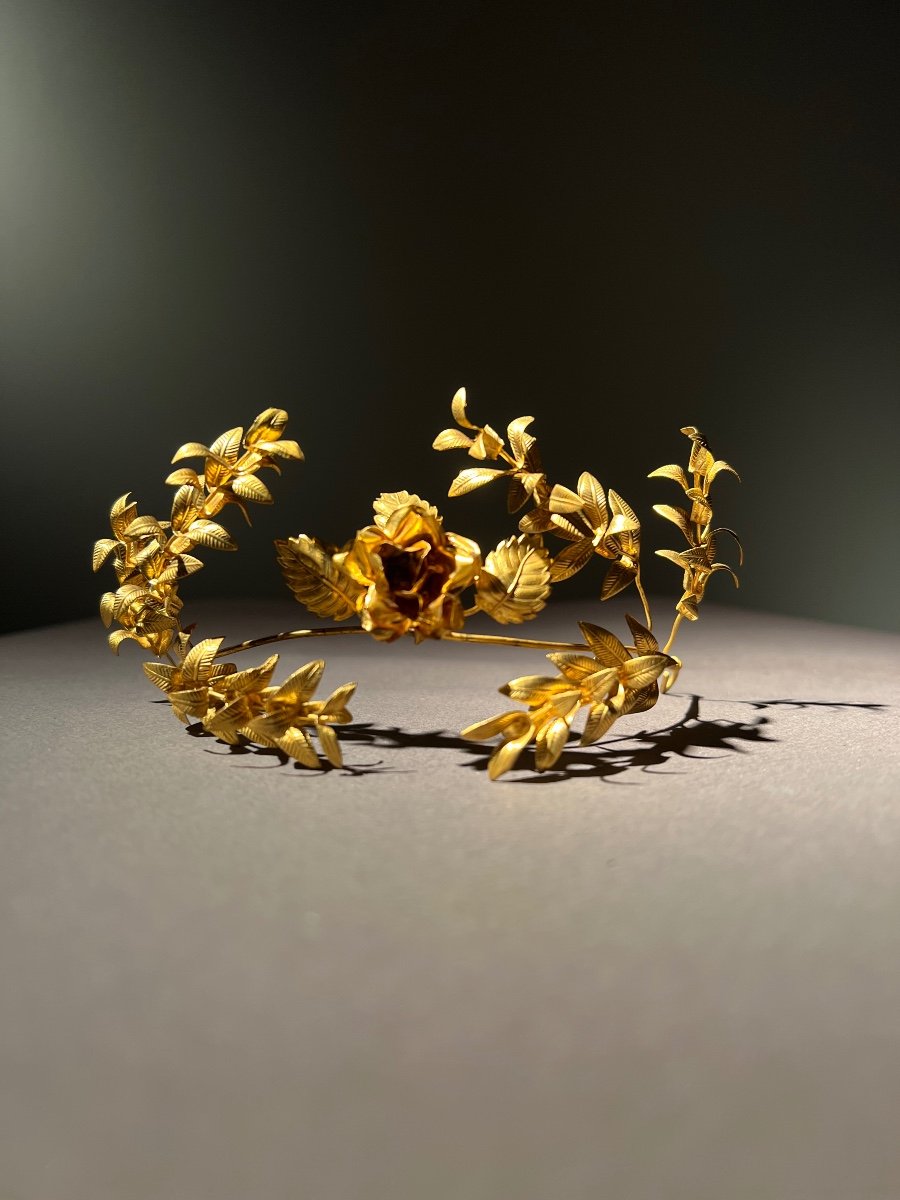









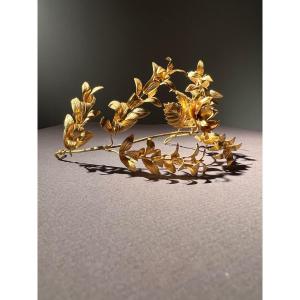











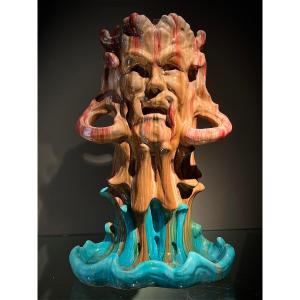
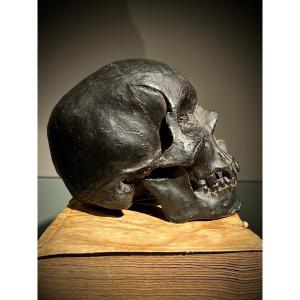

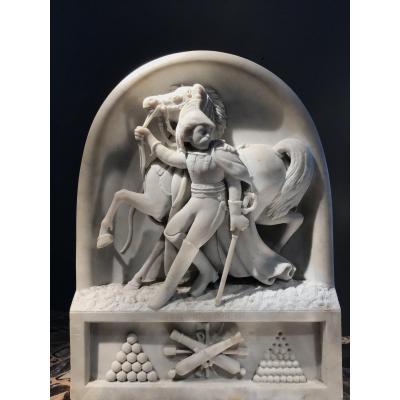

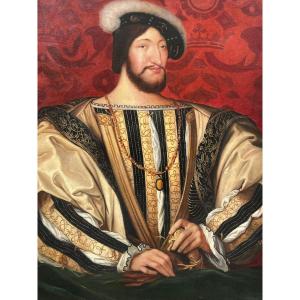
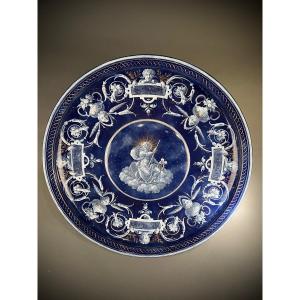
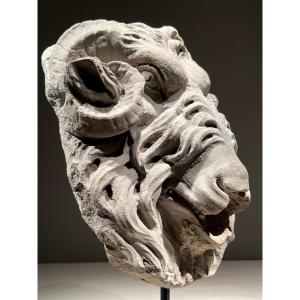
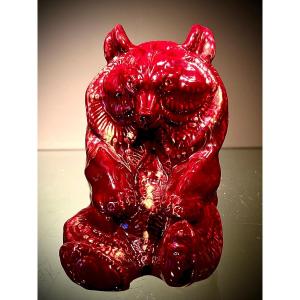




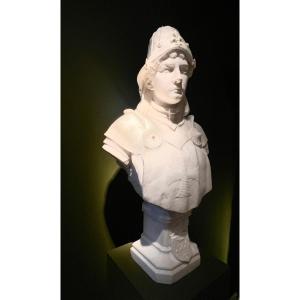

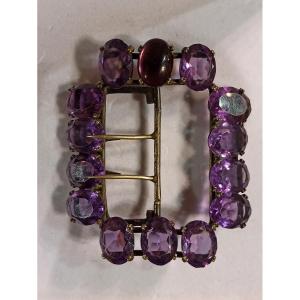


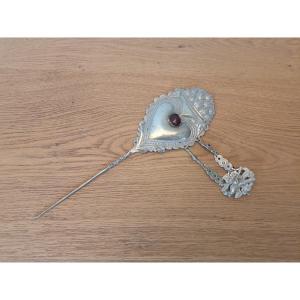




 Le Magazine de PROANTIC
Le Magazine de PROANTIC TRÉSORS Magazine
TRÉSORS Magazine Rivista Artiquariato
Rivista Artiquariato